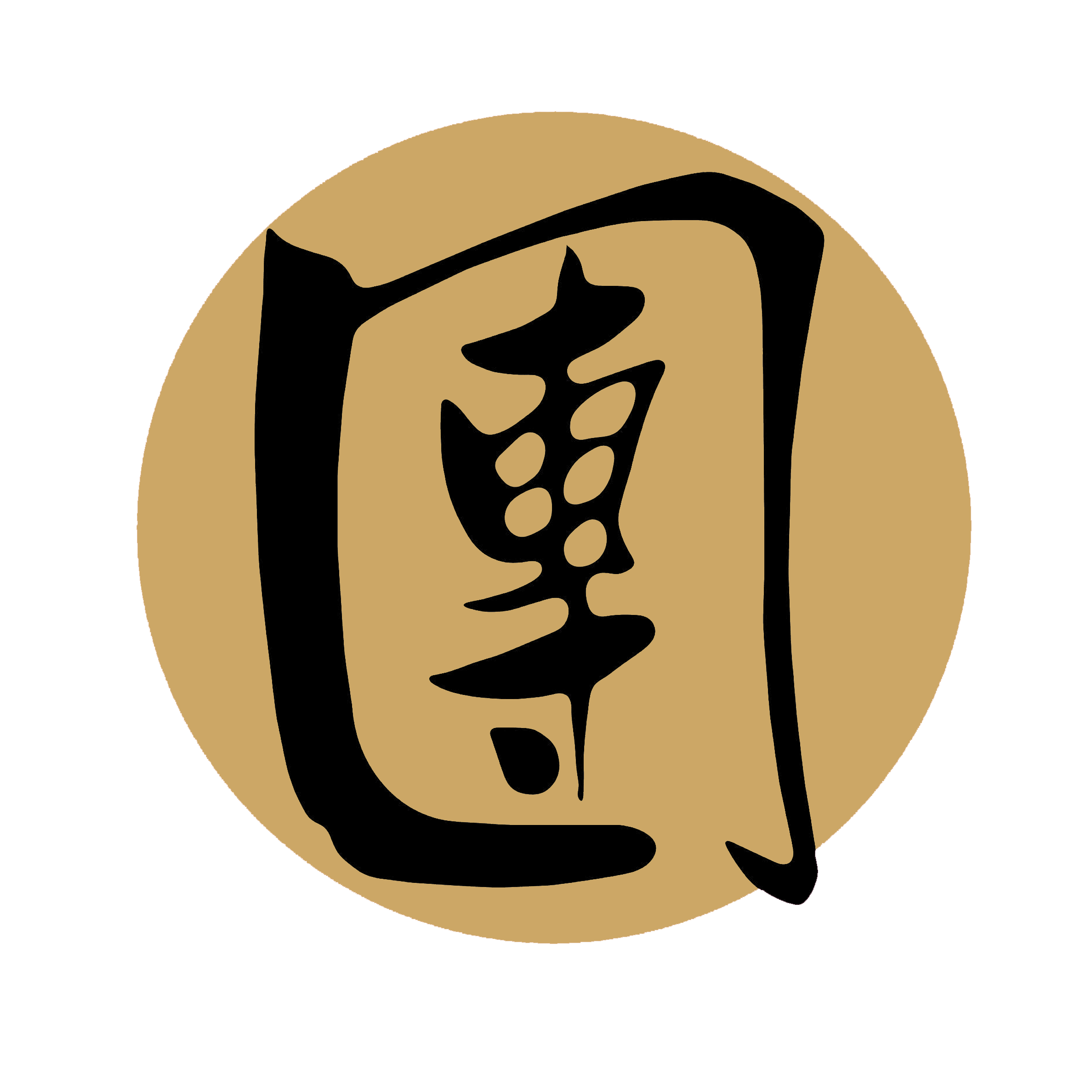Tai Chi
Niel holding the Tai Chi Snake pose.
Tai Chi is a martial art that has many branches, with the Yang and Chen branches being the most well-known. It is often recommended for adults starting Tai Chi to choose the Yang branch over the Chen branch, as the Chen branch can be hard on the knees. Tai Chi is characterised by slow, flowing, and graceful Kung Fu-like movements that offer health and fitness benefits without high impact stresses on the body. The NHS has recognised the positive benefits of Tai Chi for improving posture, balance, and muscle strength, as well as reducing stress and anxiety. Niel, the founder of Lohan, often takes new students who have been recommended through the NHS, and in many cases, private tuition has been found to be most beneficial. The aim of Tai Chi is to quieten the mind and listen to the body, which helps to bring about a sense of zen-like peace by being present in the moment.
Niel representing the UK the Global martial arts leaders conference in Macau, China 2009 - From left to right.
Grandmaster Doc-Fai Wong, Grandmaster You Xuande the Abbot of the Wudang Taoist Tai Chi, Great Grandmaster Wong Gong keeper of Jiangmen branch of Choy Li Fut and Lohan Qigong and Grandmaster Niel Willcott Lohan Martial Arts.
The origin of Tai Chi can be traced back to the Shaolin temple in the 5th century, where older, experienced monks developed a fighting method that was less physically demanding on their aging bodies. This method emphasised calmness to overcome aggression, softness to control hardness, and skill against inexperience, laying the foundation of Tai Chi. The Tai Chi sect remained at the Shaolin temple until its destruction.
In the 18th century, a high-level Tai Chi monk named Jiang Fa traveled to the Chen family village to visit his relatives in a distant mountain. He ended up staying and teaching Tai Chi to the villagers, who belonged to families with names like Yang, Chen, Wu, and Sun. Each family developed their interpretation of the monk's teachings, and these interpretations later became the names of the first Tai Chi branches. The Yang branch of Tai Chi, which is the one taught by Niel, became famous and gained worldwide attention when Yang Cheng Fu, a renowned Tai Chi master, taught it openly in Hong Kong in 1931. Prior to that, it was kept only within his family in the village. Yang Cheng Fu's top student at the time was Hu Yuen Chou, who then taught the well-known Tai Chi Grandmaster Doc-Fai Wong, who in turn taught Niel. This makes Niel a third-generation master from Yang Cheng Fu, and one of the most unique Tai Chi teachers in the UK.
1st World Cup Tai Chi Championship 2006, Niel wins 4th place.
Niel's dedication to his Tai Chi practice is evident through the time he spends refining each movement, devoting at least four hours per week to his own study. He also enjoys leading his Tai Chi students through the movement patterns, known as forms. Niel believes that when Tai Chi forms are performed in synchrony by a group, it creates a great feeling and looks fantastic.
In 2006, the Chinese government proposed Tai Chi as an Olympic event for the 2008 Beijing Olympic Games. As part of the effort to promote Tai Chi, they hosted the "1st World Cup Tai Chi Championship," which saw participation from thousands of competitors from over 30 countries and tens of thousands of spectators. Niel participated in the championship and achieved an impressive 4th place. However, despite the efforts to include Tai Chi in the Olympics, it was not accepted by the Olympic committee at that time. Nevertheless, the event was a significant showcase of Tai Chi's popularity and global participation.



